Plyometric Exercise -- At Any Age
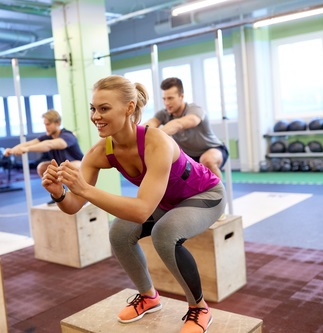
Plyometric exercise is popular with athletes and fitness professionals because it helps improve everything from speed to jumping height. If you have ever seen young, fit individuals running drills that require them to jump into the air, take off from a starting point with speed and precision, or spring up from the floor in one quick burst of energy, you have likely seen examples of plyometrics.
If this sounds like something that you shouldn’t do at your age, take a moment to learn more about this form of exercise. Your body is more powerful than you may give it credit for right now, and there are safe ways to benefit from plyometrics at most ages.
Understanding Plyometrics
The word 'plyometric' literally means 'more length.' A plyometric exercise requires a burst of energy that pushes your body to the maximum for a brief period of time. Your muscles must lengthen and then contract, propelling your body upward and outward with great force. Imagine squatting, leaping up with as much power and speed as possible, then controlling every muscle for a gentle landing.
If you have ever watched a basketball player leaping upward toward the hoop, you have seen plyometrics in action. Summoning the force necessary to push from the ground and into the air requires great skill and practice.
But, what if you aren’t a basketball player? What's in it for you? Plyometric training can help you improve in many areas, such as running and speed walking, cleaning the house, or swimming.
Incorporating Plyometric Exercise at Any Age
There are a few rules for plyometric training for teenagers or older adults:
- Don’t push too hard too fast. Start out with one plyometric exercise per week, and don’t expect an exceptional level of height, speed, or power. Your goal is to start with your current ability and improve with time.
- Listen to your body. Immediately stop if something hurts. If something feels wrong, then it probably is for your body right now. This is why it’s best to work with a professional experienced in plyometrics and familiar with your fitness condition and goals.
- If you have problems with your hips or knees, modify movements to eliminate springing up on one leg. You may need to modify for other physical limitations. For instance, if you need to keep both feet on the floor at all times, you can push your heels off the ground and raise up on your toes rather than leaping into the air.
- Pay attention to your form. Go slow when first learning a movement to ensure that you’re pushing off the ground and landing correctly. This will protect you from falls, rolled ankles, and other injuries.
- If you haven't been active for a while, you may need to work on developing a solid fitness base until you're strong enough. Start slow and low. You may consider working with a trainer.
- Plyometrics requires muscle coordination, balance and stability.
These tips actually apply to any type of exercise that is new to you, so don’t believe this may be too risky for you. Since plyometrics exercises are intense, work with a professional rather than learning this type of exercise on your own.
It's always important to talk to your doctor before you begin any intense exercise program, particularly if you have been inactive for a long time or have any health issues.
Why Do You Need Plyometrics?
Plyometric exercises increase bone strength, so they are good for anyone at any age.
Athletes have embraced plyometrics because these exercises improve their performance in a variety of sports. They can also increase the ability to perform better in daily life.
When incorporated into your workout routine on a weekly basis, this type of training may help you regain control of your body when you might otherwise fall. Plyometric exercise may help you bend, twist, or simply walk with much less risk of injury.
Plyometric training could also increase the efficiency of your cardio and strength-training workout sessions. It may increase your energy level so that you get more done each day and accomplish more regardless of your age.
So, give it a try. There's nothing to lose. Building strength and embracing the power of your muscles is beneficial to your health and fitness in many ways.
More Topics That May Interest You
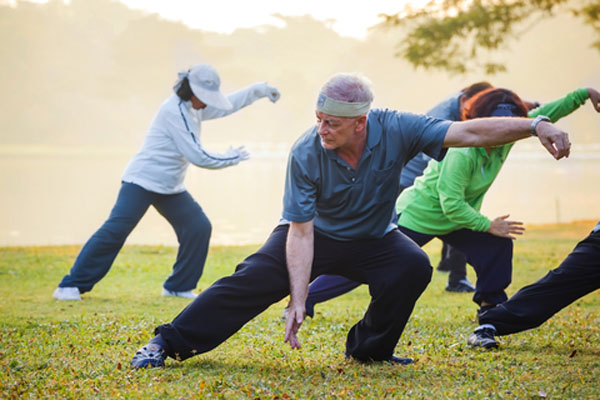 Best Fitness Programs for Older Adults
Best Fitness Programs for Older Adults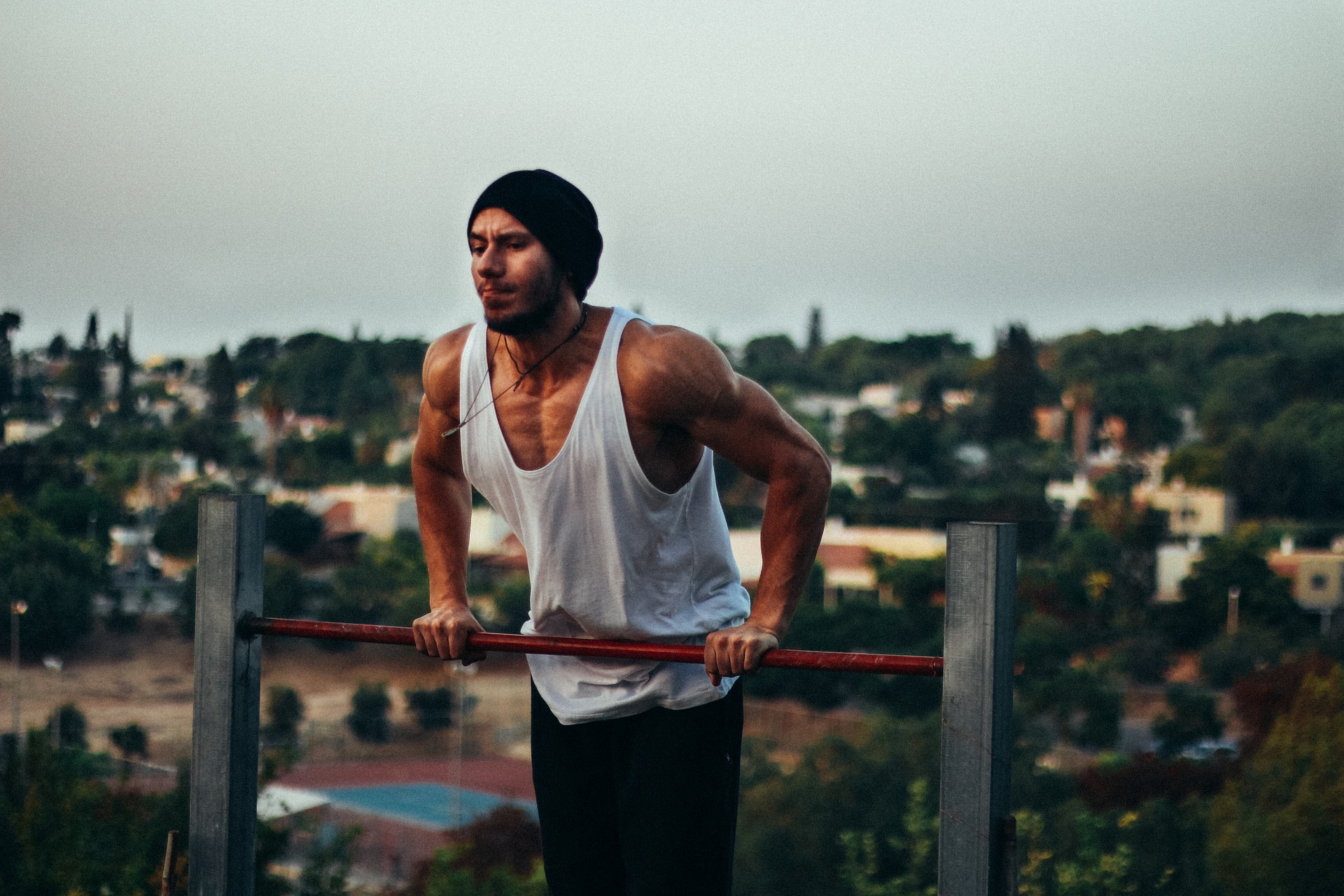 Bodyweight Strength Training
Bodyweight Strength Training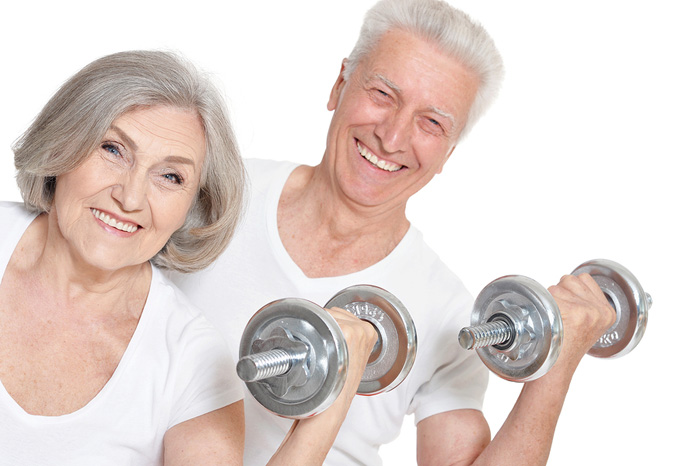 Benefits of Strength Training As We Age
Benefits of Strength Training As We Age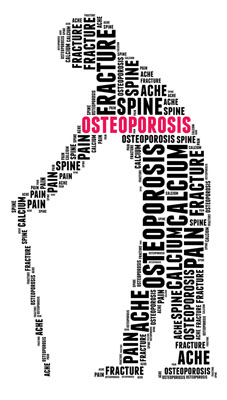 Osteoporosis & Bone Loss
Osteoporosis & Bone Loss Exercise Motivation Tips
Exercise Motivation Tips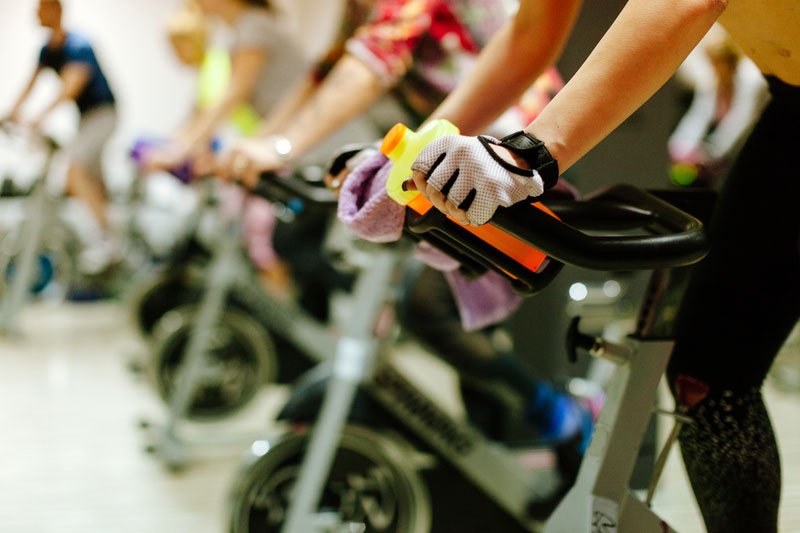 What is Interval Training?
What is Interval Training?Some of the advertisers on my website are affiliate partners, which means that I may receive a small commission from any sale, at no extra cost to you.
For example, the Amazon affiliate advertising program is designed to provide a means for sites to earn fees by advertising and linking to amazon.com.
Your tips and purchases help to support this free-information website.
Thank you.
The content of this website is for informational purposes only and not intended to be taken as a replacement for professional medical advice, care, diagnosis or treatment by a doctor, dietitian, physical therapist, nutritionist or fitness instructor.
DO NOT BEGIN ANY EXERCISE PROGRAM WITHOUT CHECKING WITH YOUR DOCTOR FOR UNDERLYING CONDITIONS THAT MAY PREVENT YOU FROM DOING SO.



